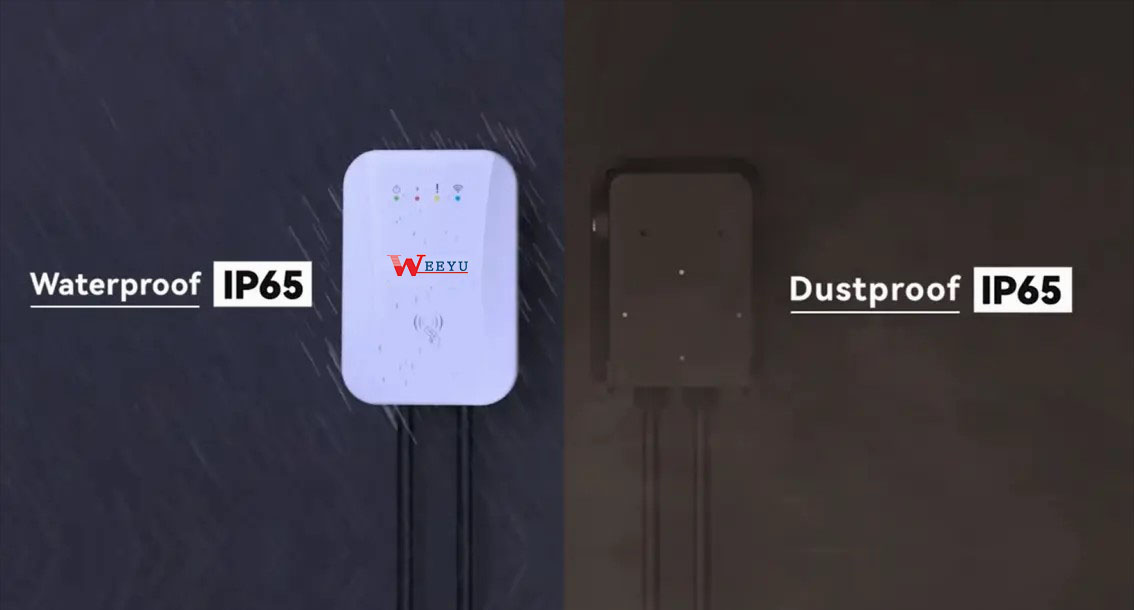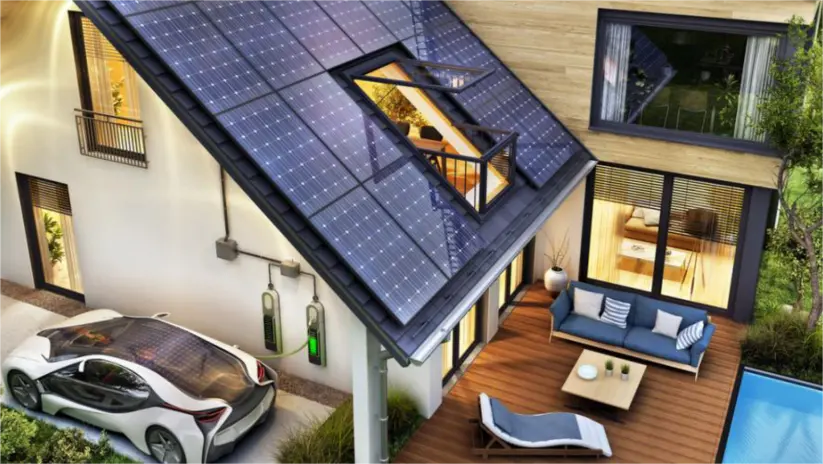As electric vehicles (EVs) gain traction in the automotive market, the impact of extreme weather on EV charging infrastructure has become a subject of growing concern. With heatwaves, cold snaps, heavy rains, and storms becoming more frequent and intense due to climate change, researchers and experts are investigating how these weather events affect the efficiency and reliability of EV charging. As the world transitions towards a greener future, understanding and addressing the challenges posed by extreme weather is crucial for fostering a successful EV charging ecosystem.
Extreme Cold and Reduced Charging Efficiency
In regions experiencing harsh winters, the efficiency of lithium-ion batteries in electric vehicles takes a hit. The chemistry within the batteries slows down, leading to decreased capacity and shorter driving ranges. Furthermore, the extreme cold temperatures hinder the battery’s ability to accept a charge, resulting in longer charging times. Our AC EV charger, the following series (Vision, Nexus, Swift, The cube, Sonic, Blazer) both can achieve an operating temperature -30℃. Products that can work in extreme weather are favored by countries such as Norway and Finland.
Extreme Heat and Battery Performance Challenges
Conversely, high temperatures during heatwaves can pose challenges for EV battery performance. To prevent overheating and potential damage, charging speeds may be temporarily reduced. This can result in extended charging times, impacting the convenience of EV ownership. The demand for cabin cooling in hot weather can also increase overall energy consumption, leading to shorter driving ranges and necessitating more frequent visits to charging stations. Our AC EV charger, the following series (Vision, Nexus, Swift, The cube, Sonic, Blazer) both can achieve an operating temperature 55℃. The high temperature resistant feature ensures that the charger will serve you well for your ground trolley even in high temperature areas in summer.
Vulnerability of Charging Infrastructure
Extreme weather events, such as heavy rain and flooding, can pose risks to EV charging infrastructure. Charging stations, electrical components, connectors, and cables may be exposed to damage, rendering the stations inoperable for EV owners. Our chargers are equipped with waterproof and dustproof functions(Ingress Protection:IP65 , IK08; Residual current protection: CCID 20). High quality production and design standards for safe and reliable use with multiple fault protection: Overvoltage Protection, Undervoltage Protection, Overload Protection, Short Circuit Protection, Earth leakage Protection, Ground Protection, Over-temp Protection, Surge Protection and etc.
Strain on the Electrical Grid
During prolonged heatwaves or cold spells, there is a surge in electricity demand to power heating and cooling systems in buildings. This increased load on the electrical grid can strain its capacity and affect the availability of electricity for EV charging stations. Implementing smart charging systems and demand-response strategies can help manage grid stress during extreme weather events and ensure a stable energy supply for EV owners. Dynamic load balancing is a best solution for this situation. With dynamic load balancing an appliance is able to intelligently adjust how much power it draws so that it always operates at a happy optimum. If your EV charge point has this capability, it means that it never draws too much power.
Safety Concerns for EV Drivers
Extreme weather events can present safety hazards for EV drivers. Lightning strikes during storms pose a risk to both drivers and charging stations. Additionally, flooded or icy roads may hinder access to charging points, making it challenging for EV owners to find suitable and safe charging locations. It is crucial for drivers to exercise caution and plan their charging stops carefully during extreme weather.
Opportunities for Renewable Energy Integration
Despite the challenges, extreme weather events also present opportunities for integrating renewable energy sources into the charging process. For instance, solar panels may generate more electricity during heatwaves, offering an eco-friendly charging option. Similarly, wind energy production can be harnessed during windy conditions, contributing to a greener charging infrastructure. As you can see, solar charging is a very convenient charging solution. Our products are equipped with solar charging function, which can reduce your electricity cost and at the same time contribute to the green ecological environment of the earth to save energy and reduce carbon emission.
As the world transitions towards a sustainable future with electric mobility, understanding the impact of extreme weather on EV charging is of paramount importance. Manufacturers, infrastructure planners, and policymakers must collaborate to develop weather-resistant technologies and resilient charging infrastructure that can withstand the challenges posed by extreme weather events. By embracing innovative solutions and harnessing the potential of renewable energy, the EV charging ecosystem can become more robust and efficient, ensuring a smooth transition to a cleaner and greener transportation future.
Post time: Jul-27-2023


